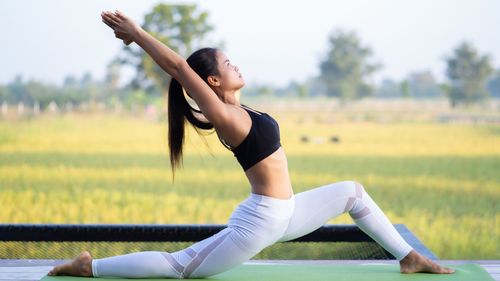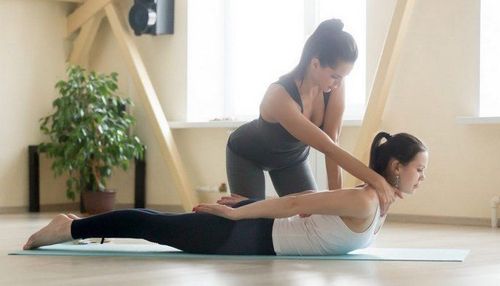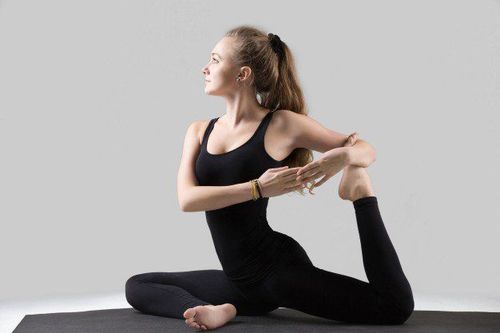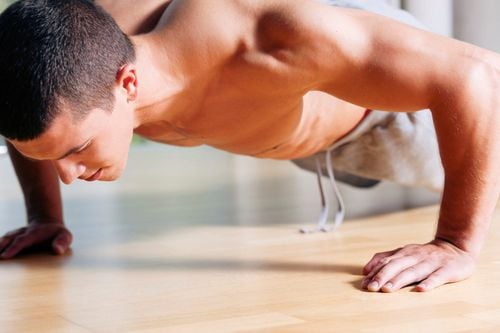This is an automatically translated article.
In our minds, we often picture a particular meditation posture as crossed legs like some kind of manipulator, with our fingers in a meditation-like position on space. In fact, there are many ways to sit while meditating. You can even meditate while lying down, standing up or walking. When it comes to meditation, the most important thing is to find a position where you feel calm and relaxed.
1. Why is meditation position important?
Meditation is not a one-size-fits-all method for all the dozens of variations and techniques available to you. But you haven't read books on the subject or started signing up for retreats around the world to get started.
Meditation can be done anytime, anywhere and in any period of time. Creating a method that works for you is key, and you will likely modify and adapt your practice to your developmental needs.
2. Meditation postures
2.1. Meditating on a chair
You can easily meditate while sitting in a chair, this is the perfect practice to refresh your mind at noon at work. You can meditate at work or while traveling.
When sitting on a chair to meditate, you must keep your legs straight and your feet on the floor touching the ground. They should form a 90-degree angle with your knees. Sit with your back straight, so that your head and neck are in line with your spine. You can place a pillow behind your lower back or under your hips for extra support. Hands do not need to be active, so you put them on your knees or cross your arms in your lap.
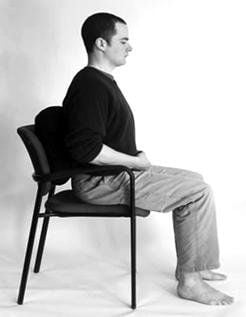
Tư thế ngồi thiền trên ghế
2.2. Standing meditation
If you feel more comfortable standing upright, try standing meditation. To do this move, stand tall with your feet shoulder-width apart. Let your heels move and turn inward, toes pointing away.
Once you're in position, slightly bend your knees. Allow your body to root down your legs with each exhale. Imagine your energy radiating through the top of your head with each inhalation.
To relax during meditation, place your hands on your stomach and control your breath and feel it moving throughout your body.
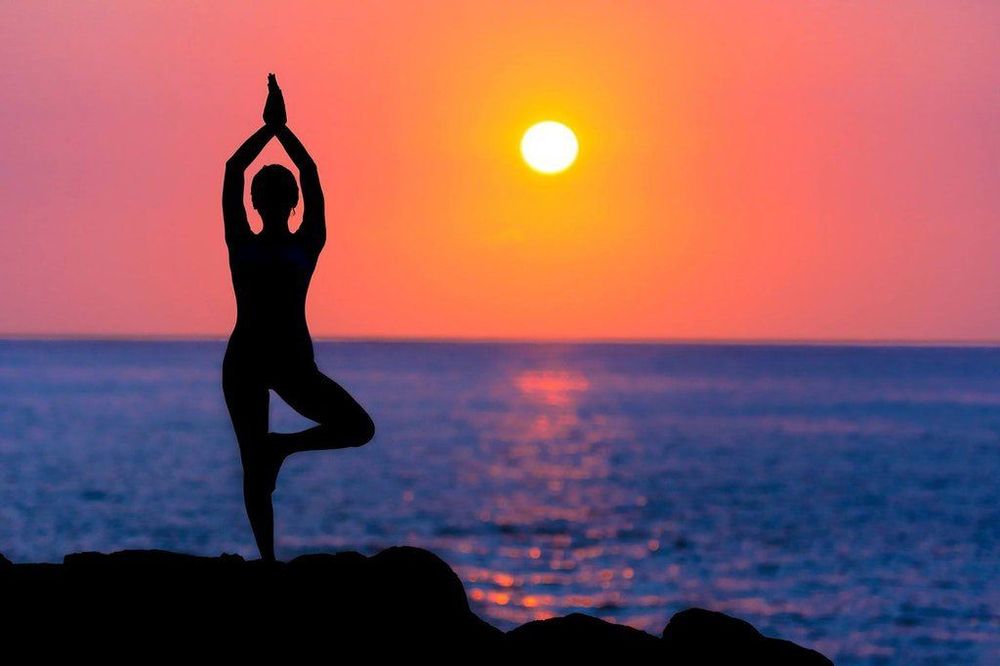
Tư thế thiền đứng
2.3. Kneeling meditation
If you're in a place where you can comfortably kneel, give it a try.
To do this move, lie on the floor with your knees bent. Your shins should be flat on the floor with your ankles below your buttocks. You can place a pad between your butt and heels for more support and less strain on your knees. You will not feel any pain in this position.
Make sure to bring your weight back and lower over the hips. This helps you not to put too much pressure on your knees.
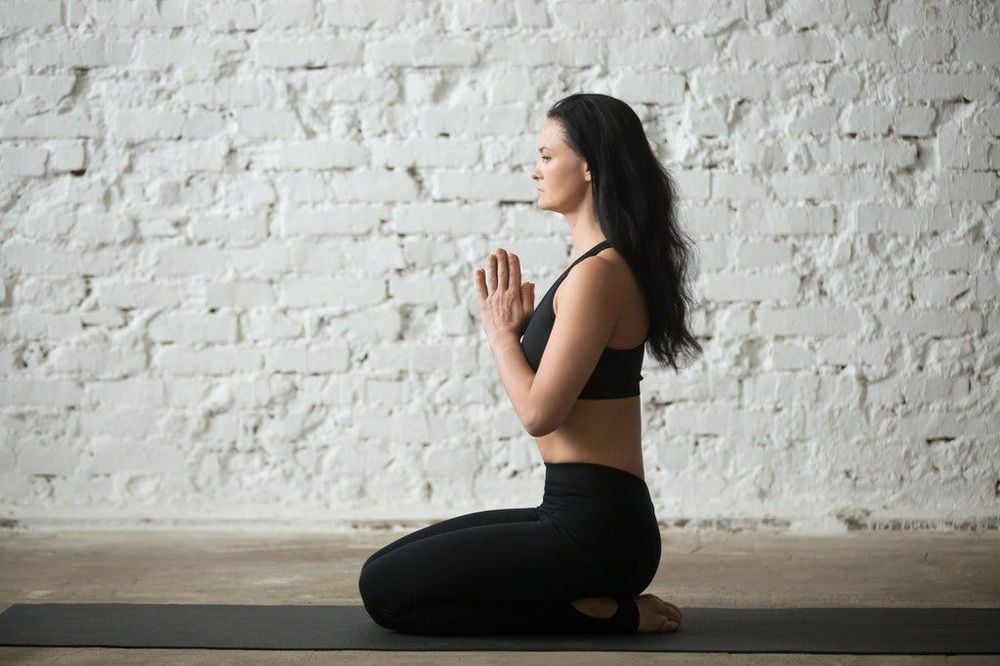
Tư thế thiền quỳ
2.4. Meditate
You may find it easier to relax and relieve stress if you lie down. In this way your body is being fully and completely supported.
To do this move, lie on your back, arms extended along the body. Your feet should be about hip distance apart and your toes should be able to turn to the side.
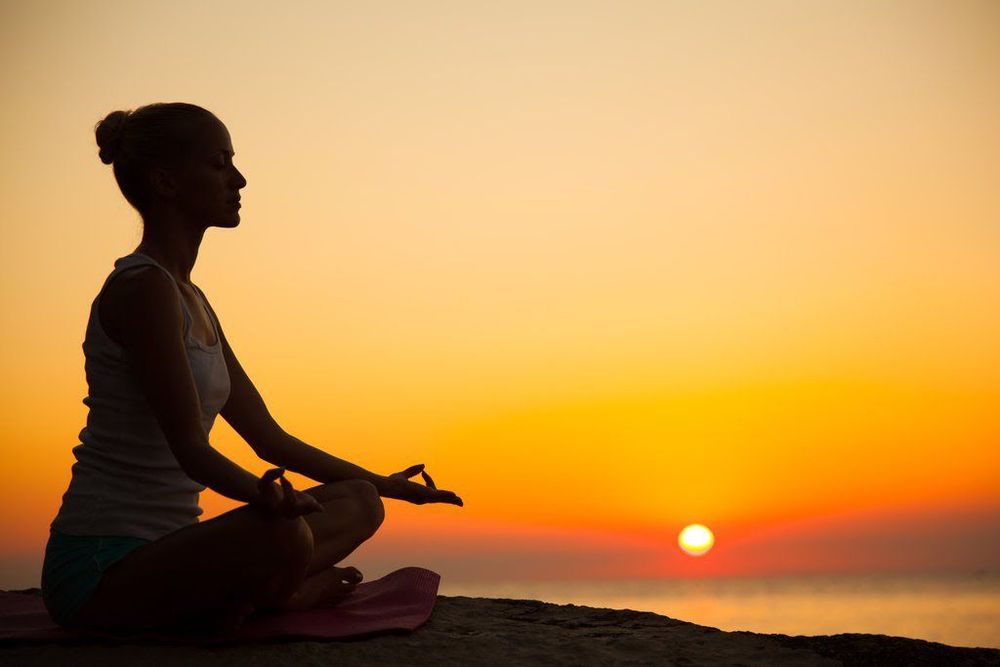
Tư thế thiền ngồi
3. The relationship between meditation and meditation posture
Posture is essential to meditation, but you can take a flexible approach. Start practicing when a position comes naturally to you. It is important to start in a comfortable place so that you can gently shift your body into the correct position throughout the exercise.
You may find that maintaining a particular posture helps you set positive intention or determination for your practice. As you return to the pose or position, you can remind yourself of why you are practicing to be present, to feel relaxed, or anything else you may need.
4. Seven points in meditation posture
In sitting meditation there are seven points to approach. There are seven principles that you can use to help position your body correctly. Approach the exercise the same way you would approach your posture. Your body is active, but there is softness to it.
4.1. To sit
You can also sit cross-legged with your hips raised above your heels by sitting on a meditation cushion, towel, pillow or chair. You can use a cushion or a meditation bench for support in most poses. It is important to choose a comfortable position so that you can focus on your meditation.
4.2. Spine
In any position when you sit, your spine should be straight. If when you lean forward or your posture is not straight, then you should correct and sit yourself in a stable and correct posture.
Continue going down to the base through your body with each exhalation. Lift your body up and lengthen your spine with each inhalation. Feel the energy flow from the base of your spine outward through the crown of your head. Keeping your spine straight will keep you awake.
4.3. Hand
Keeping your hands down is said to be more grounding and helps to relax the body's energy flow.
You can also place your hands in your lap with the palms facing up. To do this, place your right hand on top of your left hand with your thumbs gently touching. This hand position is said to generate more heat and energy.
4.4. Shoulder
Keep your shoulders relaxed and comfortable as you pull them back and down slightly. This helps keep your heart center open and your back strong.
During practice, check your posture from time to time. Make sure your spine is straight and pull the top of your shoulders down and away from your ears. Pay attention to shoulder height and notice if one side feels taller than the other so you can adjust as needed.
4.5. Chin
Keep your chin slightly up while maintaining length at the back of your neck. Precise chin positioning helps you maintain your posture. Keep your face relaxed. You may find that turning the corners of your face up a bit helps to release some tension on your face.
4.6. Jaw
Try to release any tension you are holding in the jaw. It may be helpful to keep your jaw slightly open as you press your tongue against the roof of your mouth. This automatically dilates the jaw, allowing clear breathing and slowing swallowing.
You can also do a few exaggerated yawns before meditation to stretch your jaw muscles and release tension.
4.7. Stare
Most people find it easier to meditate with their eyes closed. Avoid closing your eyes. Gently closing them will help you keep your face, eyes, and eyelids relaxed.
When you open your eyes you can also meditate. Maintain unfocused gaze on the floor a few feet ahead of you. Keep your face relaxed and avoid squinting.
Decide how you will meditate before you start, so you don't have to switch back and forth between open and closed eyes. This can be disorienting and disrupt your practice
Please dial HOTLINE for more information or register for an appointment HERE. Download MyVinmec app to make appointments faster and to manage your bookings easily.




